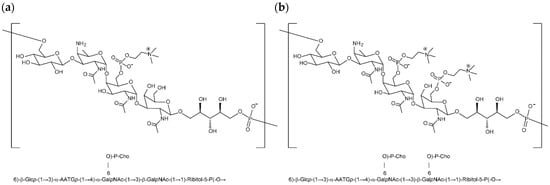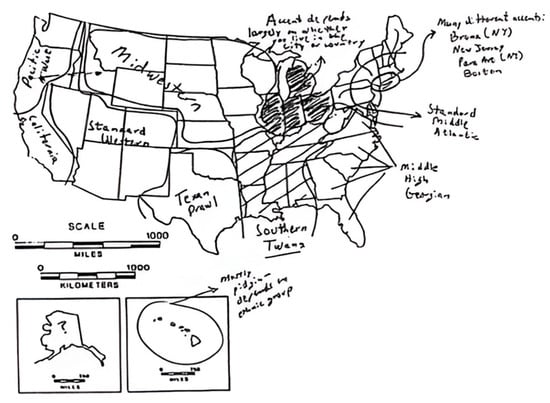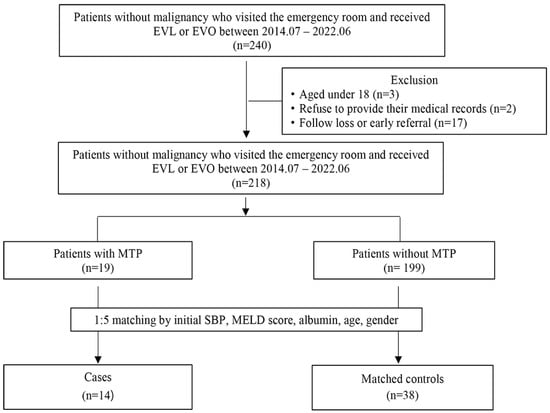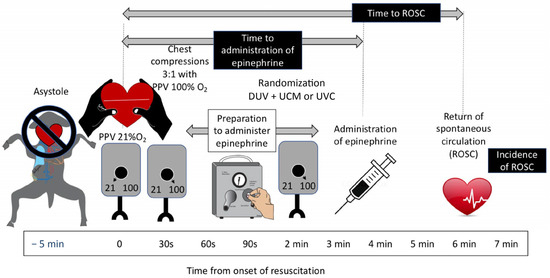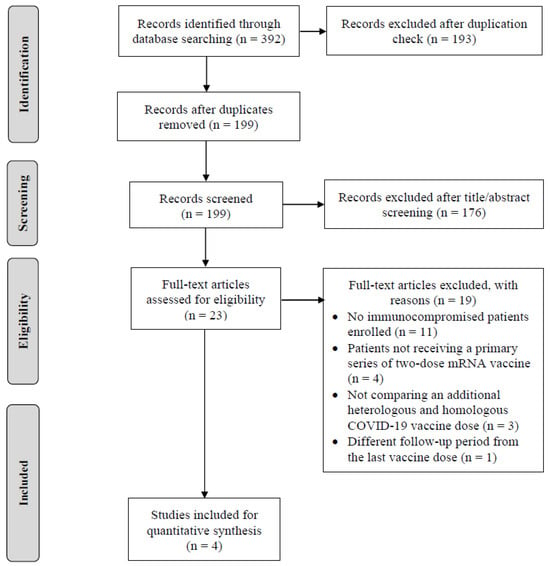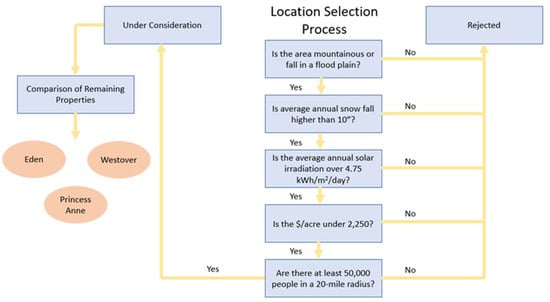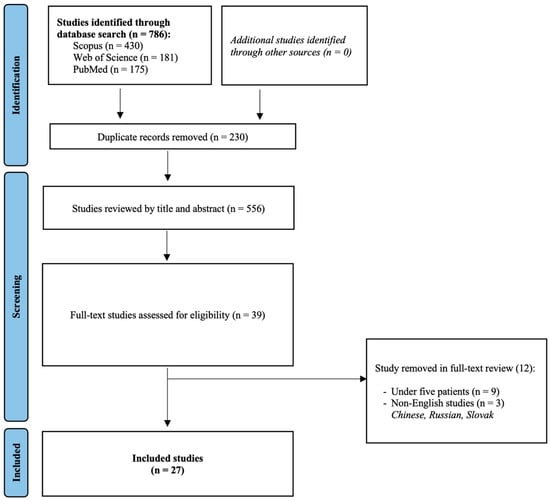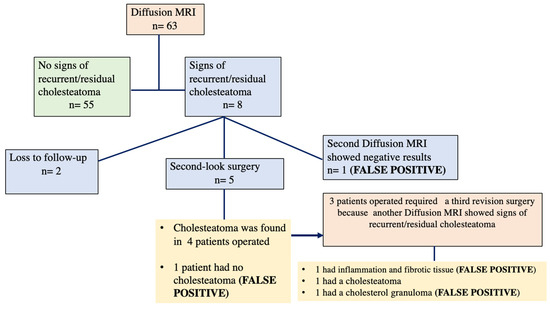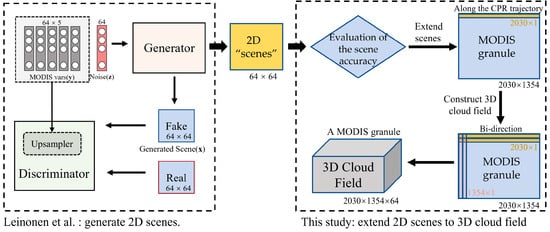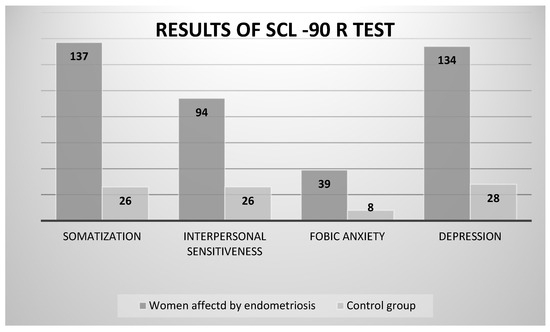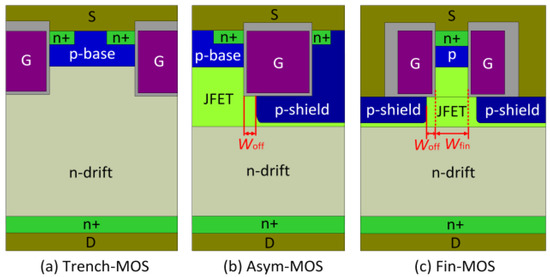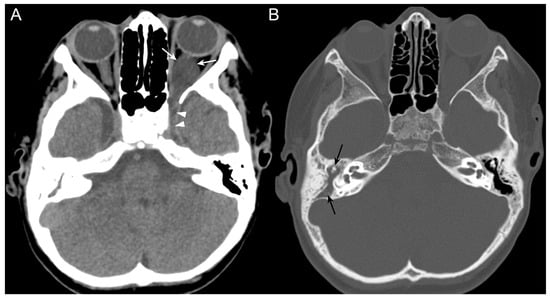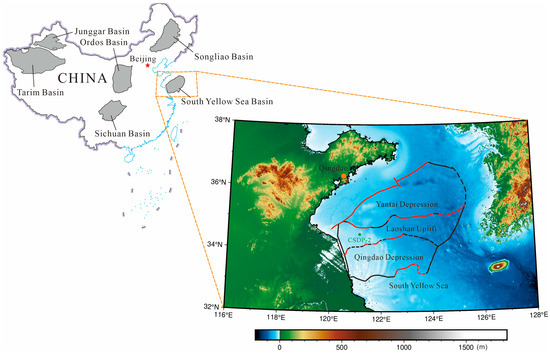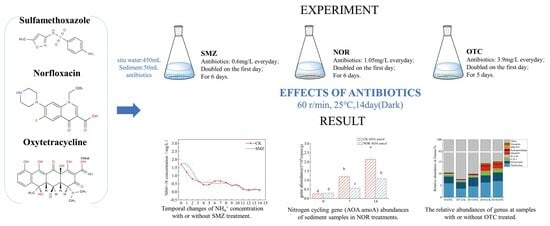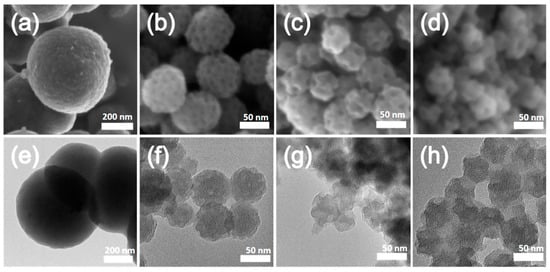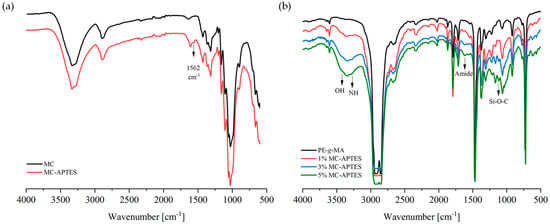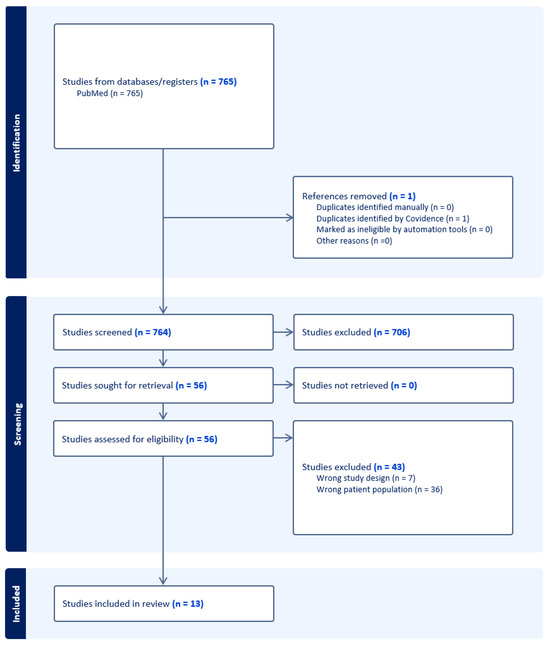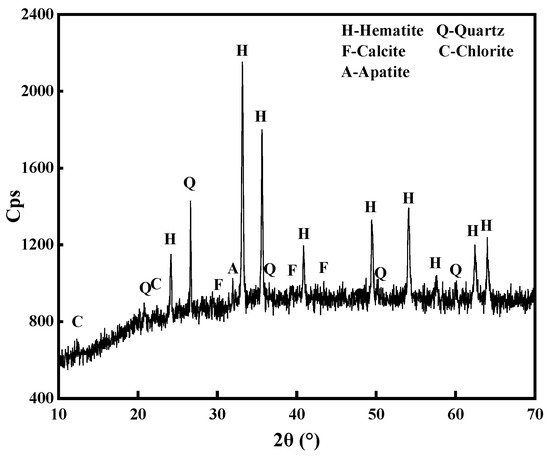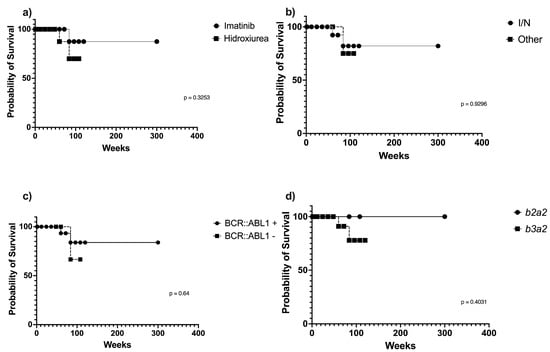Chronic myeloid leukemia (CML) is a hematopoietic stem cell disorder characterized by the presence of the Philadelphia chromosome, a product of the reciprocal translocation t(9;22)(q34;q11), in the BCR and ABL genes. These rearrangements in both genes lead to the formation of various fusion
[...] Read more.
Chronic myeloid leukemia (CML) is a hematopoietic stem cell disorder characterized by the presence of the Philadelphia chromosome, a product of the reciprocal translocation t(9;22)(q34;q11), in the BCR and ABL genes. These rearrangements in both genes lead to the formation of various fusion mRNA products, with preferential expression of
b2a2,
b3a2, and other
BCR::ABL1 mRNA variants, combined with additional chromosomal abnormalities. Notably, the distribution and frequency of different mRNA variants vary in different populations. However, studies concerning this in Mexico are limited, and the results have been inconclusive. This study therefore aimed to determine the distribution of
BCR::ABL1 mRNA variants in different clinical phases of CML and their effect on hematological parameters and patient survival. This study included 33 patients, whose demographic, clinical, and molecular data on
BCR::ABL1 mRNA variants and hematological parameters were collected to identify potential associations. A total of 84.8% (n = 28) of patients had
BCR::ABL1 translocation and increased platelet and basophil counts. The most frequent mRNA variant was
b3a2 (64.3%), followed by
b2a2 (28.6%) and
e1a2 (3.6%). Concerning the clinical phases of CML, 75.8% (n = 25), 21.2% (n = 7), and 3% (n = 1) of patients were in the chronic, blast, and accelerated phases, respectively. Moreover, the
b3a2 mRNA variant was more commonly identified in patients in the chronic phase. No correlation was observed between mRNA variant expression and patient survival. However,
b2a2 was indicative of patients with longer survival as well as those treated with imatinib or nilotinib. Additionally, platelet count could be a marker of
BCR::ABL1 translocation.
Full article
 IJMS
IMPACT
IJMS
IMPACT Applied Sciences
IMPACT
Applied Sciences
IMPACT Sustainability
IMPACT
Sustainability
IMPACT Sensors
IMPACT
Sensors
IMPACT JCM
IMPACT
JCM
IMPACT Energies
IMPACT
Energies
IMPACT Molecules
IMPACT
Molecules
IMPACT Materials
IMPACT
Materials
IMPACT Remote Sensing
IMPACT
Remote Sensing
IMPACT Cancers
IMPACT
Cancers
IMPACT Electronics
IMPACT
Electronics
IMPACT Mathematics
IMPACT
Mathematics
IMPACT Foods
IMPACT
Foods
IMPACT Buildings
IMPACT
Buildings
IMPACT Plants
IMPACT
Plants
IMPACT Nutrients
IMPACT
Nutrients
IMPACT Animals
IMPACT
Animals
IMPACT Polymers
IMPACT
Polymers
IMPACT Water
IMPACT
Water
IMPACT Diagnostics
IMPACT
Diagnostics
IMPACT Biomedicines
IMPACT
Biomedicines
IMPACT Agronomy
IMPACT
Agronomy
IMPACT Microorganisms
IMPACT
Microorganisms
IMPACT Processes
IMPACT
Processes
IMPACT Healthcare
IMPACT
Healthcare
IMPACT Forests
IMPACT
Forests
IMPACT Cells
IMPACT
Cells
IMPACT JMSE
IMPACT
JMSE
IMPACT Medicina
IMPACT
Medicina
IMPACT Viruses
IMPACT
Viruses
IMPACT Agriculture
IMPACT
Agriculture
IMPACT Nanomaterials
IMPACT
Nanomaterials
IMPACT IJERPH
IJERPH
 Land
IMPACT
Land
IMPACT Pharmaceutics
IMPACT
Pharmaceutics
IMPACT Pharmaceuticals
IMPACT
Pharmaceuticals
IMPACT Religions
IMPACT
Religions
IMPACT Biomolecules
IMPACT
Biomolecules
IMPACT Life
IMPACT
Life
IMPACT Micromachines
IMPACT
Micromachines
IMPACT Atmosphere
IMPACT
Atmosphere
IMPACT Antioxidants
IMPACT
Antioxidants
IMPACT Genes
IMPACT
Genes
IMPACT Metals
IMPACT
Metals
IMPACT Symmetry
IMPACT
Symmetry
IMPACT Children
IMPACT
Children
IMPACT Coatings
IMPACT
Coatings
IMPACT Vaccines
IMPACT
Vaccines
IMPACT Horticulturae
IMPACT
Horticulturae
IMPACT Education Sciences
IMPACT
Education Sciences
IMPACT Minerals
IMPACT
Minerals
IMPACT Brain Sciences
IMPACT
Brain Sciences
IMPACT JPM
IMPACT
JPM
IMPACT Bioengineering
IMPACT
Bioengineering
IMPACT




